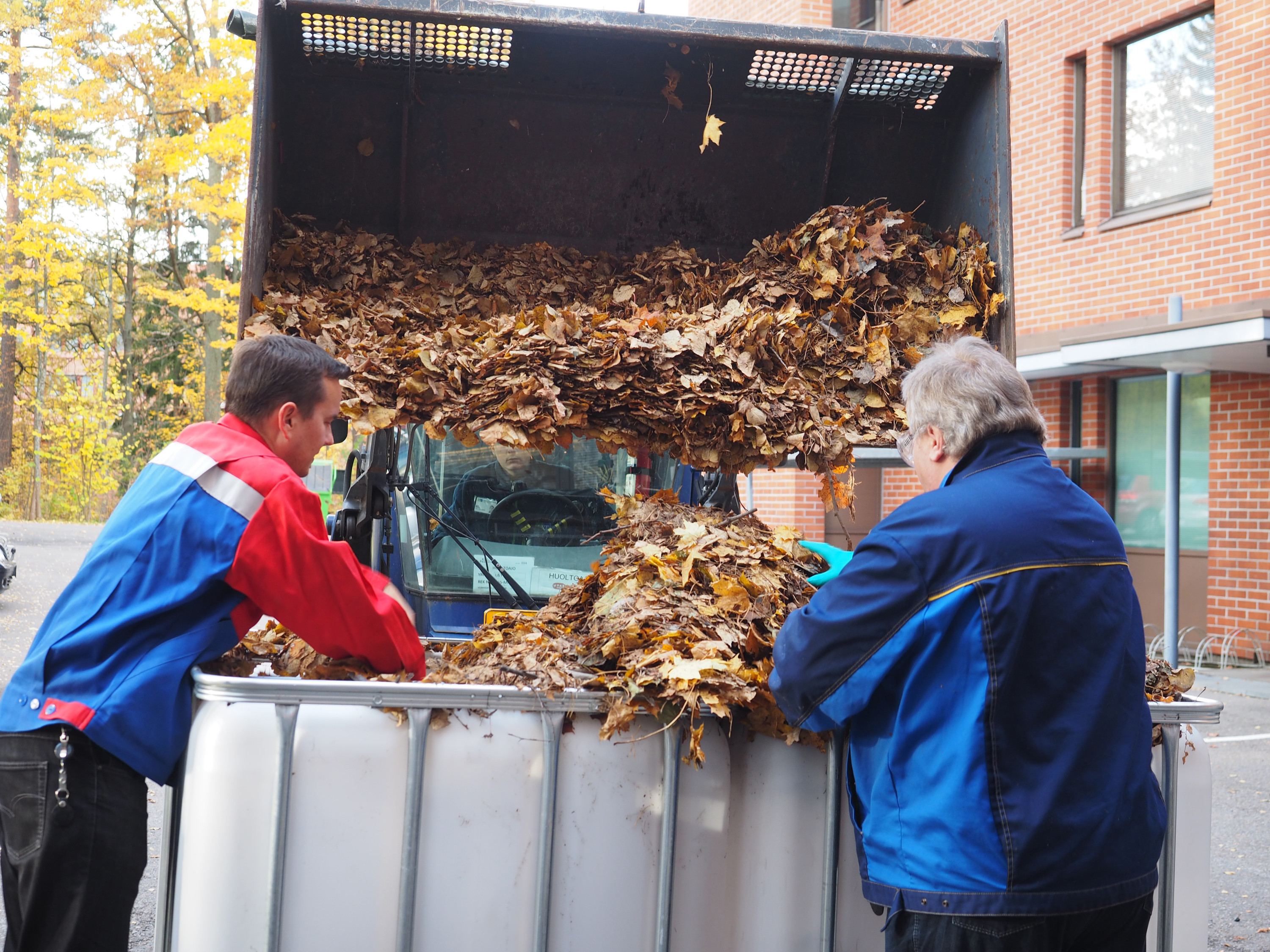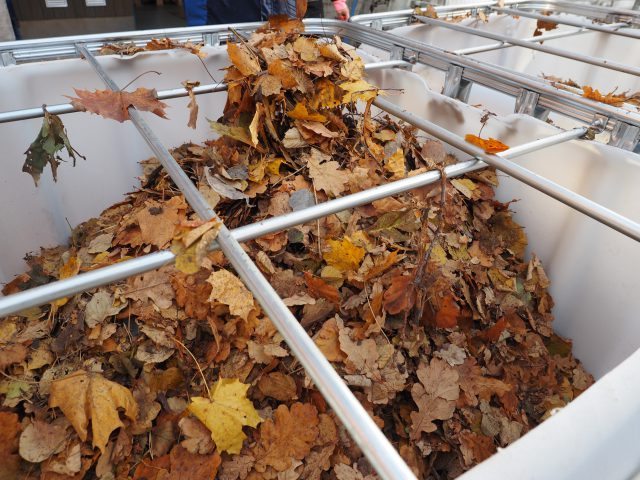Autumn leaves contain a range of interesting substances such as pigments, carbohydrates, proteins and compounds that inhibit the growth of harmful bacteria.
VTT Technical Research Centre of Finland is developing leaf-processing technologies, which could be used by the cosmetics, textile and feed and food industries.
Very little use has been made of fallen leaves so far.
They are either left on the ground, composted or burned resulting in full landfills and a growing carbon dioxide load.
Autumn leaves derive their color from orange and yellow carotenoids and red anthocyanins.
They also contain many beneficial compounds, such as phenols, lignin, carbohydrates and protein.
There is a fast-growing need for natural pigments in various industries around the world – for example, these natural pigments can even have health-promoting effects and use as nutraceuticals.
In a process developed by VTT, leaves gathered in gardens and parks are dried and ground, and compounds are extracted.
The processing stages were developed by VTT in laboratory experiments; research and development has now entered the piloting stage, using leaf material collected in the Otaniemi area by waste disposal company Lassila & Tikanoja.
Special attention has been paid to the environmental friendliness of the overall process and the safety of the compounds produced.
“In laboratory experiments, we discovered several, promising alternative ways of utilizing leaves,” comments Liisa Nohynek, Senior Scientist at VTT.
“Piloting assays are under way, in which we are examining how our methods work in practice and what quantities of valuable compounds can be extracted from the leaves.”

Besides beneficial for cosmetics and textiles, compounds obtained from the leaves may be suitable for use as food coloring and preservatives, and as nutritional supplements.
These colorants could be used to improve the nutritional properties of edible plant cells under development at VTT.
New bioactive compounds could be obtained for the cosmetic and pharmaceutical industries, by using biotechnological methods to modify pigments.
In addition, the carbohydrates from the extraction residue could be used to produce protein-rich feed for livestock and protein supplements for people.
This nutrient-rich residual biomass can also have domestic applications, for example in growing mushrooms.
Compounds obtained from the leaves may be suitable for use as food coloring and preservatives, and as nutritional supplements.
These colorants could be used to improve the nutritional properties of edible plant cells under development at VTT.










